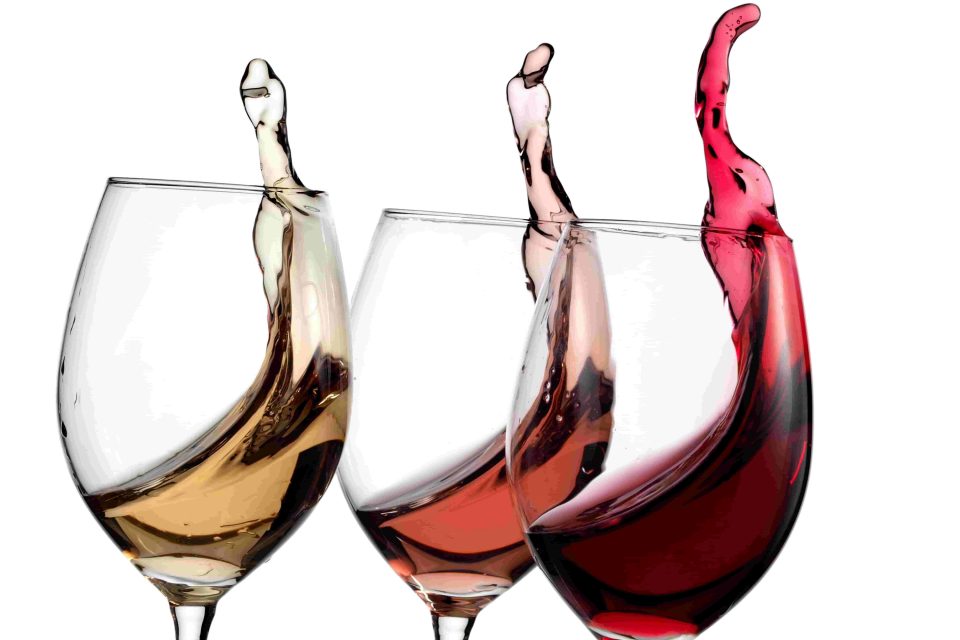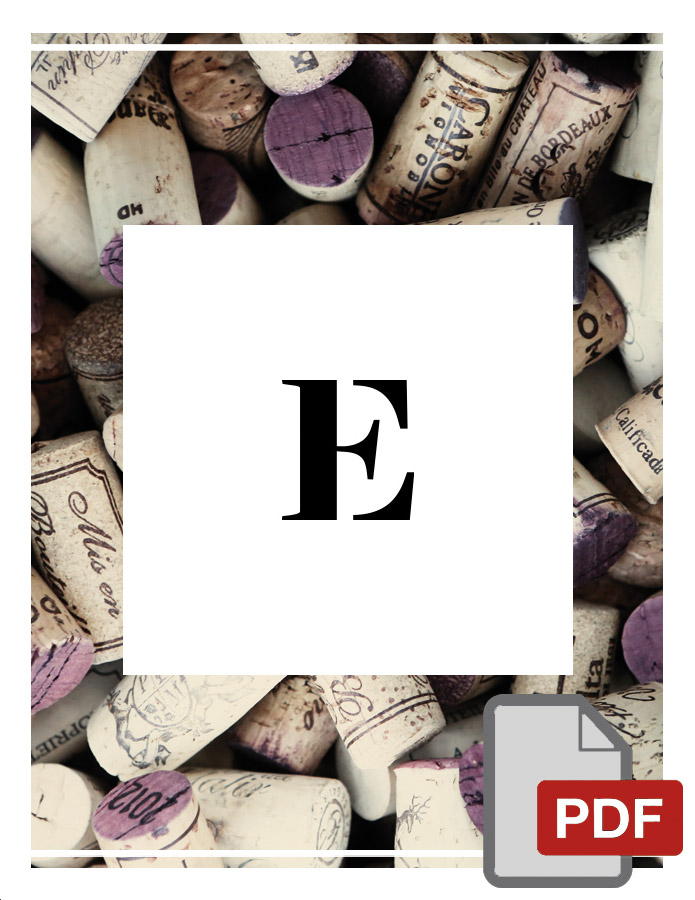Learning about wine
Small tips about how to taste wine

Are you planning a trip to an area famous for its wines? Or do you just want to know a little more about what you drink? Have you ever wondered why you should rotate the glass? Or what meaning do the “veins” that wine produces on the glass? Here are some small tips on how to taste wine.
Fill
Fill a cup with a quarter of its capacity and grab it by the stem. If you hold it for the cup, the warmth of the hand will heat the wine and alter its flavor. The reason why the glass has the stem is just that.
At this point bring it to eye level and tilt it against a bottom so that it can better stand out in its hue.
The older wines tend to a darker color.
Rotate
At this point rotate the glass slowly so as to “screw the walls”: the arches that will form on the glass reveal the speed with which it comes down from the edges (viscosity) and the alcohol level: the more the arches are slow and narrow, the more the wine is structured and alcoholic.
Smell
Smell it with a firm glass. Rotate the glass with a slow and wide movement, so that the aromas come out of the solution. Also oxygenates the liquid that helps the aroma to open. Approach the nose again at intervals.
Here are the most common perfumes:
Fruity aromas: berries, cherries and more full-bodied fruit for red wines, for whites the citrus notes are more intense.
Floral and grassy aromas for lighter whites and reds, such as those from the Rhone region.
Earthy scents, like earth, minerals or rock, which can be perceived in the most fragrant white wines.
Smell of spices and other particular aromas such as vanilla, pepper, coffee or toast; these are released from the barrels used for aging, which are usually made of oak.
The most aged wines often have subtle and nuanced aromas, difficult to categorize, so do not worry if you can not define them.
Taste
It’s time to taste the wine. Take a sip and hold it in your mouth to allow the taste buds and palate to taste. Pay attention to the consistency and all the other “tactile” sensations you can perceive.
Now take another sip, but this time try to introduce a small amount of air to allow the taste perceptions to be amplified. A good wine leaves an impression of harmony and balance between its sugary, sour, bitter and salty components. After swallowing, concentrate on how long the taste persists, up to a maximum time of 15 seconds, and on its aftertaste. If the tastes are numerous, the wine can also be spit.
If you liked this subject, subscribe to the news letter. There is a guide with the 10 things to know for a good tasting!
Have a good day! Ilde





